#el espacio
Text
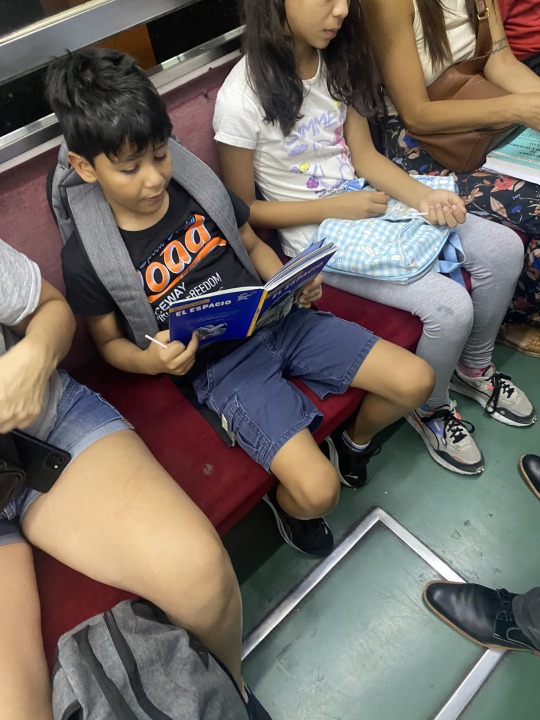
El espacio en la #LíneaB 🪐🚀🌘
#el espacio#libros#book#books#bookgasm#bookgram#booklover#instabooks#instabook#lectores#chicos que leen#leer#leyendo#reading#currently reading#booknerdigans#booknerd#bookworms#booktuber#leo y comparto#leo y reseño#instalibros#libro#subte#subway#amo leer#escenas lectoras#bookacholic#bookaddict#book aesthetic
6 notes
·
View notes
Photo
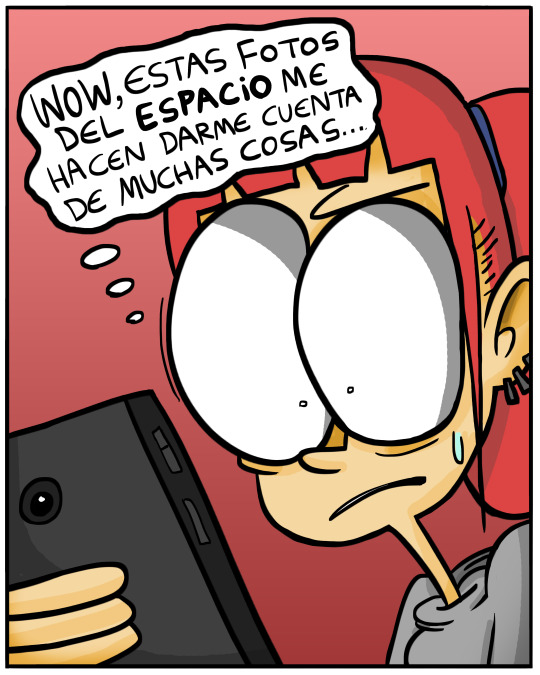
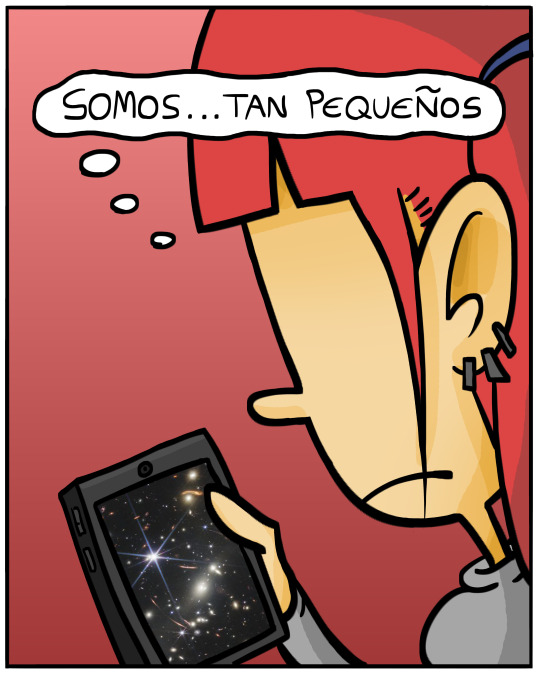
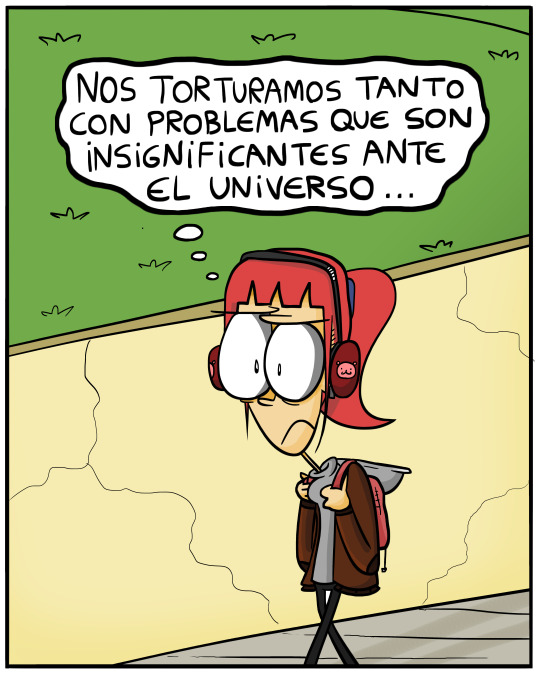

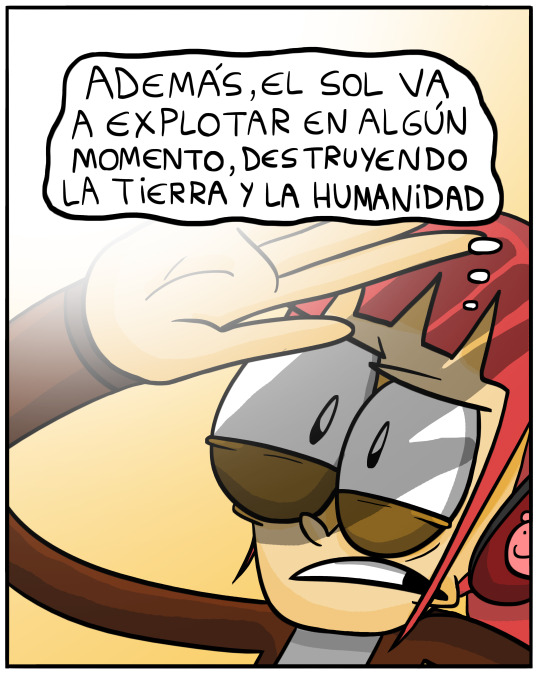
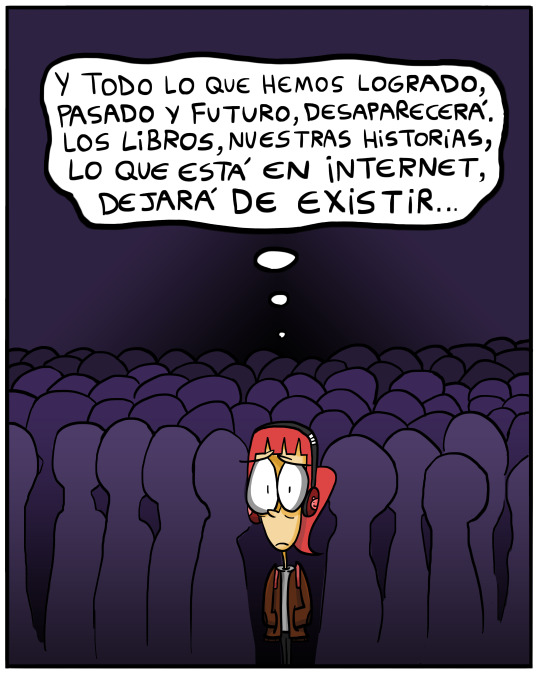
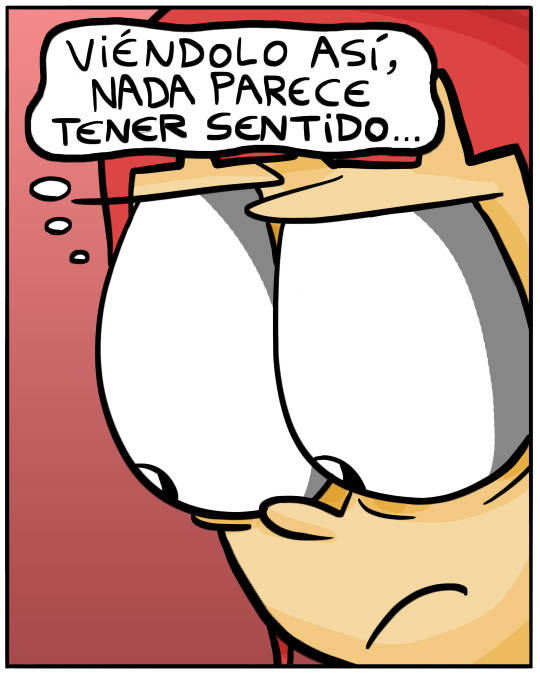

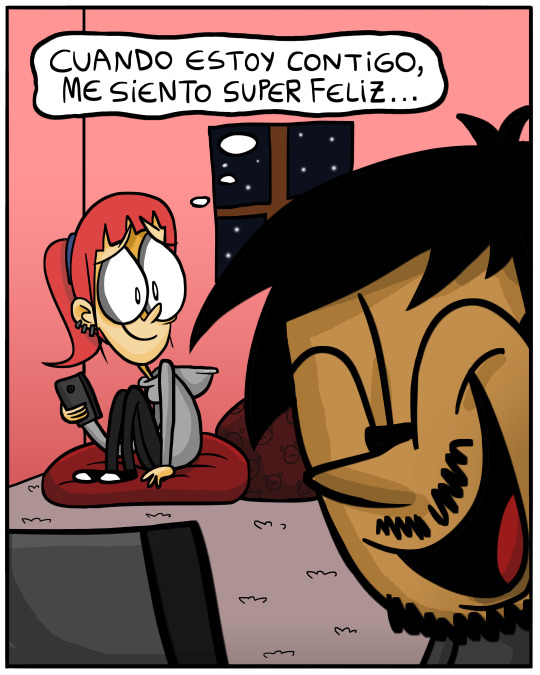
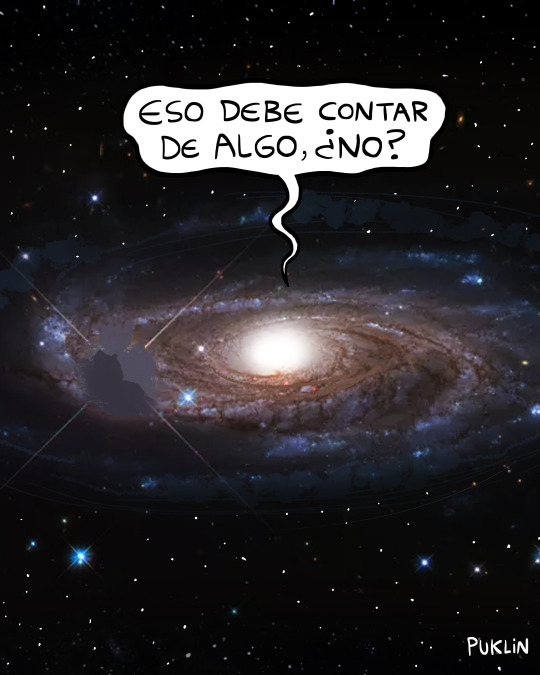
¡EL ESPACIO!
53 notes
·
View notes
Text

3 notes
·
View notes
Text

Impresionante foto de Sudamérica desde la Estación Espacial Internacional ISS, al fondo se ve la luna.
#Estación Espacial Internacional#sudamerica#sudamérica#Sudamérica desde la Estación Espacial Internacional#latinos en usa#latinos#beautiful#latinoamérica#el espacio#photography#hermosa foto#fotografia#nuestro planeta#Para mi gente Latina#sur america#suramérica
6 notes
·
View notes
Text


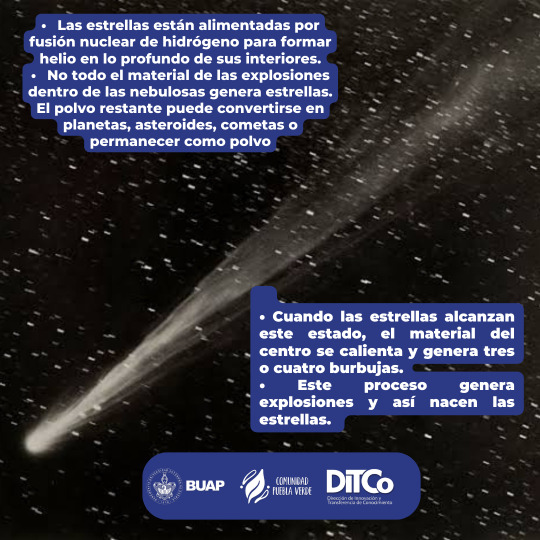


Te has preguntado... ¿Cómo nace una estrella? 💫
Edición: Fernanda Manzano
Publicación: Abigail Bautista
1 note
·
View note
Text

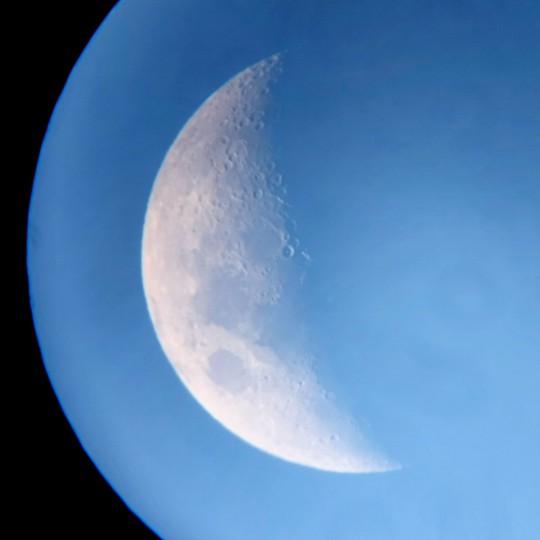
Sun and moon from early this morning EST time! If you look closely, you can see the small sun spots that are currently passing over. Don't be fooled by their camera size- they're bigger than the Earth!
109 notes
·
View notes
Text

the inner space | el espacio interior | ADN | art and photos by víctor m. alonso
#photographers on tumblr#artists on tumblr#poets on tumblr#víctor m. alonso#vimalsu999#isla negra#el espacio interior#the inner space#poema de amor#amor#poema de amor a mi manera
46 notes
·
View notes
Text
Solo somos polvo de estrellas
Todo tiene que llegar a un final
Porque nada dura para siempre
Aunque no lo puedas aceptar
Podrás tenerlo todo en este mundo material
Pero ten por seguro que nada te vas a llevar .
Polvo de estrellas - Chetes Ft. Calexico.
#citas#escritos#frases#notas#anestesia#anes-tesia#música#Chetes#polvo de estrellas#vida#muerte#final#material#textos#calexico#ciclos de la vida#cielo#infierno#misteriosa como el mar#marzo 2024#espacio#efímeros#temporal
39 notes
·
View notes
Text

aprovecha un poco de su tiempo libre para observar el cielo nocturno, hacía años de la última vez que contempló un cielo tan limpio y estrellado. desvía su mirada del firmamento cuando escucha un par de pasos cercanos. "del uno al diez ¿qué tan destruide estás hoy?" pregunta con una divertida sonrisa. "yo perdí dos uñas" comenta alzando su mano izquierda a la que le faltan dos de sus uñas acrílicas.
#creo que no encontré suficientes starters en el blog#asi que dejo este por si alguien tiene espacio o le paso igual#📍 esta afuera durante el tiempo libre
19 notes
·
View notes
Text
youtube
My music video 💕💕💕💕💕💕💕💕
18 notes
·
View notes
Text

( salón de arte ── cuando todo el ataque comienza, su primera reacción es huir. pero qué difícil se vuelve la simple tarea cuando los rostros de distintos vástagos vienen a su mente. se reprocha por preocuparse, y se reprocha por incluso creer que no sería así. está en su busca de conocides cuando se mete al salón de artes y el paisaje parece una burla. caminando con dificultad por heridas superficiales, sin zapatos y el vestido con obvios cortes, se asusta cuando ve una sombra. un “¿quien eres?” en un grito bajo se le escapa y qué ridícula se siente luego de ello. en un vago intento por protegerse, se esconde tras una estatua. “esto ya parece una maldita mala broma” escupe, esperando que la otra presencia no sea una más del ejército.
#vuelve el perro arrepentido…… ; u ;#otra vez mucho texto pa lo cortito que hace#por si alguien tiene un espacio por allí ????#que llegue tarde de nuevO#tut#después nain no tiene conexiones por mi culpa
12 notes
·
View notes
Text

Antes de irte a dormir cada noche, es valioso considerar el acto de perdonar. El perdón es una poderosa herramienta que nos permite liberar el resentimiento, sanar heridas emocionales y cultivar la paz interior.
Perdonar no implica justificar o olvidar lo sucedido, sino más bien liberarnos del peso emocional que llevamos por las acciones o palabras que nos han lastimado. Al perdonar, liberamos nuestra energía y nos abrimos a la posibilidad de crecimiento personal y relaciones más saludables.
Perdonar puede implicar soltar la ira, el rencor o la necesidad de venganza. Nos permite liberarnos de la negatividad y el apego emocional que nos impide avanzar. Al perdonar, nos brindamos a nosotros mismos la oportunidad de vivir en paz y centrarnos en construir un futuro más positivo.
No obstante, es importante destacar que el perdón es un proceso personal y puede llevar tiempo. A veces, es necesario trabajar en el perdón gradualmente, y puede ser útil buscar apoyo de personas de confianza, terapeutas o profesionales de la salud mental.
Al practicar el perdón cada noche antes de dormir, te permite liberar cargas emocionales y comenzar cada día con renovada claridad y serenidad. Recuerda, el perdón no solo beneficia a los demás, sino también a ti mismo/a, ya que te libera de la negatividad y te abre camino hacia una vida más plena y pacífica.
Perdónalo todo y abre espacio en tu corazón para el amor, la unión y la paz.
ℜ𝔬𝔰𝔞 🖤
#antes de irte a dormir cada noche#fotofrase#perdonar#abre espacio en tu corazón para el amor#frases#citas#texto
60 notes
·
View notes
Text

‘ dime que los gatos usualmente te odian, y no acabo de vivir el rechazo más doloroso de mi vida ’ tras rendirse con felino que se escabulle entre arbustos, voltea para comprobar identidad de nueva compañía.
9 notes
·
View notes
Text
Sengen chat I guess xD

#gen: me pongo romántico y te pones mamón#sengen#dr stone#dr stone memes#hice esto apenas me topé con ma plantilla es demasiado ellos xD#lo mejor es que es un chiste sobre la luna y creo que Denku con su sueño de astronauta se tomó el piropo muy personal#después de eso Gen recibió un mensaje de voz de media hora con Senku hablando sobre la teoría de la relatividad y la tiempo en el espacio#dcst senku#senku ishigami#gen asagiri#asagiri gen#ishigami senku
61 notes
·
View notes
Text
yo creo que merezco que me quieran siempre, no a veces, no a ratos, ni poquito...
Merezco algo bueno, alguien que si sepa lo que quiere, que me quiera
Que a quien abrace también me tomé de la mano y no me suelte
3/11/2023
-Ana en el espacio
#textos#notas en español#my text#notas#textos en español#estupido sentimiento#frases#ana en el espacio#text#ansiedad#merezco#señales#amor propio
13 notes
·
View notes
Text
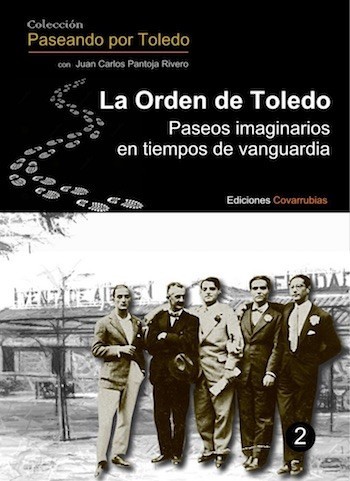


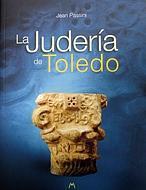
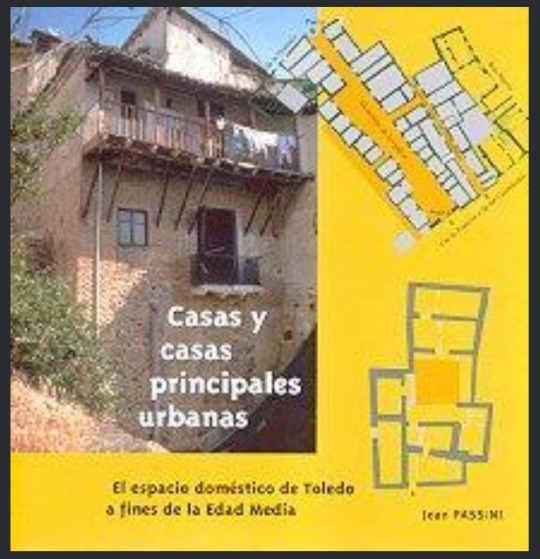


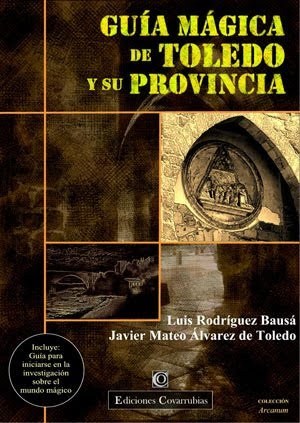


Propaganda
1. La Orden de Toledo: Paseos imaginarios en tiempos de vanguardia (The Order of Toledo: Imaginary walks in avant-garde times)
Author: Pantoja Rivero, Juan Carlos
Editorial: Covarrubias Ediciones
Edition: 2019
Synopsis: The Order of Toledo was, above all, an avant-garde fantasy of the brilliant film director Luis Buñuel, who knew how to infect his friends from the Generation of '27 to the Spanish intellectuality of the first third of the 20th century. Together, they dedicated themselves to living Toledo as if it were the great stage of a surrealist montage, in an artistic (or anti-artistic and irational) contrast with the monumentality and historical past of the old dead city.
(Well, in my blog I have been making posts about The Order of Toledo and the book is a valuable source)
2. Toledo: La ciudad de los muertos (Toledo: The city of the dead)
Author: Leblic García, Ventura
Editorial: Covarrubias Ediciones
Edition: 2013
Synopsis: Toledo. A large historical necropolis where Carpetans, Romans, Visigoths, Muslims, Jews and Christians rest...their rites around death, beliefs, customs, evolution of the cemetery spaces...
(I have posted the scans of the first pages of this books and I'm planning to keep on posting them but I wanted to know if you want scans from another book)
3. De Mayrit a Madrid: Madrid y los árabes del siglo IX al siglo XXI (From Mayrit to Madrid: Madrid and the Arabs from the 9th century to the 21st century)
Editors: Madrid. Casa Árabe e Instituto Internacional de Estudios Árabes y del Mundo Musulmán ; Barcelona ; Madrid: Lunwerg
Edition: 2011
Synopsis: This work deals with the Arab-Islamic past (Andalusian, Mudejar and Moorish) of Madrid and its forgotten heritage since it is the only European capital whose origins and name are linked to Arabic.
Revisiting that past and making it known is the objective of this work, which wants to rescue knowledge of a relationship between Madrid and the Arabs that does not end in the Middle Ages, since the town and court maintained various links with what was over time. Arab through diplomatic delegations, Arab figures welcomed by the city, valuable collections of manuscripts and numismatics, a romantic architectural taste that seeded the city with unique neo-Islamic buildings or Hispano-Arab scientific and cultural institutions. And, finally, the cosmopolitan and intercultural reconversion of the city has made it the recipient of a new Arab and Muslim immigration that once again gives human visibility to this relationship between Madrid and the Arab.
4. La Judería de Toledo (The Jewish Quarter of Toledo)
Author: Passini, Jean
Editorial: Ediciones del Sofer
Edition: 2014
Synopsis: The work reveals the vestiges of the areas of medieval Toledo Jewry and its history. It collects a topographical reading of its evolution and offers the main elements through maps, plans and high-quality color photographs.
5. Casas y casas principales urbanas : el espacio doméstico de Toledo a fines de la Edad Media (Houses and main urban houses: the domestic space of Toledo at the end of the Middle Ages)
Author: Passini, Jean.
Editor: Toledo. Universidad de Castilla-La Mancha
Edition: 2004
Synopsis: This work is an extension of previous research on different districts, and seeks, for the city as a whole, to “understand the genesis of medieval urban space, to follow its transformations and successive reappropriations” , mainly with the aim of understanding, for one of the ancient provincial capitals of al-Andalus, the modalities of the transition from the Muslim city of the end of the eleventh century (time of its occupation by the Christians) to the Castilian city of the end of the Middle Ages. The main documentary basis of the work is a very important and very detailed inventory of the real estate of the Cathedral Chapter, an inventory carried out in 1491-1492, which covers a considerable heritage of 557 various buildings located in 64 sites or districts. The identification and location of houses, shops, mesones or fondouks and other urban buildings, often difficult on the current plot, has however resulted in the careful study of more than half of these old buildings. The systematic comparison of the text from the end of the Middle Ages with the remains still visible above ground or underground (and this very meticulous and patient work in the cellars of current Toledan houses is one of the great originalities of the research of Jean Passini) gave the results which are presented in this latest publication.
6. España medieval : el origen de las ciudades (Medieval Spain: the origin of the cities)
Authors: Novoa Portela, Feliciano; Villalba Ruiz de Toledo, F. Javier
Editors: Barcelona ; Madrid : Lunwerg, D.L.
Edition: 2012
Synopsis: A fascinating essay that will teach us to look at and understand our cities better. In the pages of this essay we will analyze the Roman origins, the Islamic, Christian and European influences to discover the cultural melting pot that marks the Spanish urban legacy, without forgetting some disappeared cities that tell us their history through archaeological remains.
7. Valle-Inclán y el insólito caso del hombre con rayos x en los ojos
(Valle-Inclán and the unusual case of the man with x-rays in his eyes)
Editors: Madrid. La Felguera
Edition: 2014
Synopsis: In 1923, a piece of news sparked great controversy among intellectuals, journalists and scientists. Joaquín Argamasilla, a young descendant of a family of aristocrats, claimed to have x-ray vision that allowed him to see through opaque bodies. The controversy, which divided half the country between defenders and detractors of the strange case, reached the highest circles. In April, at the initiative of Queen María Cristina, a commission was established to study the case, chaired by Ramón y Cajal. Valle-Inclán came to Argamasilla's defense and the great Harry Houdini challenged him to a public demonstration in New York.
(Joaquín Argamasilla, Harry Houdini, Valle-Inclán, Ramón y Cajal... yep, we're thinking the same, episode 2xO6, Tiempo de Magia, from El Ministerio del Tiempo, if anyone wants to learn more about this topic this book is good)
8. Guía mágica de Toledo y su provincia (Magical guide to Toledo and its province)
Authors: Rodríguez Bausá, Luis; Álvarez de Toledo, Javier Mateo
Editorial: Ediciones Covarrubias
Edition: 2010
Synopsis: Saramago wrote that traveling should be a matter of another matter, staying more and walking less; and a little later he added that it is not good to stay for only a quarter of an hour next to a construction that is seven hundred years old. The authors agree with such appropriate phrases, and that is why they have written this route, this uneven guide, this compilation of events, in short, so that the traveler stops in a multitude of towns that only sounded like transit and never like stop and inn. Because the truth is that the city of Toledo and its province discreetly hide a large number of enclaves that deserve to be savored by the five senses, and in which one must rest until the memory is macerated. This is what this work talks about: caves, sacred mountains, magical wells, rainy images, enchanted fountains or thunderous miracles... but, above all, towns, cities and regions; yes, with order and a taste of dissidence and heterodoxy.
Also included is what the authors have called "Beginner's Guide", a brief but rigorous approach to the magical phenomenon, something like an index so that whoever wants it, has the basic premises to get started in the world of research on these issues.
9. AL-ANDALUS. Ocho siglos de civilización musulmana que marcaron la historia y la cultura de España (AL ANDALUS. Eight centuries of Muslim civilization that marked the history and culture of Spain)
Author: Masiá, Concha
Editorial: ALBA
Edition: 2006
Synopsis: "In the year 711, the Muslims arrived in the Iberian Peninsula. They called the vast territory where they settled for 800 years, from Tarifa to the Pyrenees, from the Levant to Portugal, al-Andalus. With their lights and shadows, these eight centuries of Muslim civilization, configuring many aspects of our personality as a people and as a culture, to which we Spaniards of the 21st century are still indebted"
This book and the following two books are like a triology about Al Andalus. This first one collects information about the different periods, states, events and some of its rulers throughout the history of Al Andalus.
10. AL-ANDALUS. Personajes históricos (AL ANDALUS. Historical figures)
Author: Masiá, Concha
Editorial: Albor Libros, Madrid
Edition: 2011
Synopsis: "A general vision of al-Andalus, from the 8th century to the 17th century, through its most prominent characters and also through less known, although no less important, people. Both of them reveal the splendor and glory of the imperishable Andalusian legacy"
This book gathers information about divers people from different states and periods throughout the history of Al Andalus: emirs, caliphs, politicians, religious leaders, warriors, scholars, artists, philosophers, poets...
11. AL-ANDALUS. 800 años de lucha (AL ANDALUS. 800 years of struggle)
Author: Masiá, Concha
Editorial: Albor Libros, Madrid
Edition: 2011
Synopsis: "In the year 711, the Muslims arrived in the Iberian Peninsula. They called the vast territory where they settled for 800 years, from Tarifa to the Pyrenees, from the Levant to Portugal, al-Andalus. With their lights and shadows, these eight centuries of Muslim civilization, configuring many aspects of our personality as a people and as a culture, to which we Spaniards of the 21st century are still indebted"
This book offers a view on the warfare, battles and military campaigns from different periods and states throughout the history of Al Andalus.
12. 20 grandes obras de 20 autores andalusíes (20 great works by 20 Andalusian authors)
Author: Lirola Delgado, Jorge
Editorial: FUNDACIÓN IBN TUFAYL DE ESTUDIOS ARABES
Edition: 2014
Synopsis: Selection of 20 Andalusian authors and 20 works from the different periods of al-Andalus. The book offers a biography of each author and a detailed description of the work.
#bookblr#books#history#polls#history books#spanish history#al andalus#la orden de toledo#paseos imaginarios en tiempos de vanguardia#toledo: la ciudad de los muertos#de mayrit a madrid#madrid y los árabes del siglo IX al siglo XXI#la judería de toledo#casas y casas principales urbanas#el espacio doméstico de Toledo a fines de la Edad Media#españa medieval : el origen de las ciudades#valle-inclán y el insólito caso del hombre con rayos x en los ojos#guía mágica de toledo y su provincia#AL-ANDALUS. Ocho siglos de civilización musulmana que marcaron la historia y la cultura de España#AL-ANDALUS. Personajes históricos#AL-ANDALUS. 800 años de lucha#20 grandes obras de 20 autores andalusíes#sefarad#madrid#toledo#the order of toledo#The Order of Toledo: Imaginary walks in avant-garde times#Toledo: The city of the dead#From Mayrit to Madrid#Madrid and the Arabs from the 9th century to the 21st century
9 notes
·
View notes